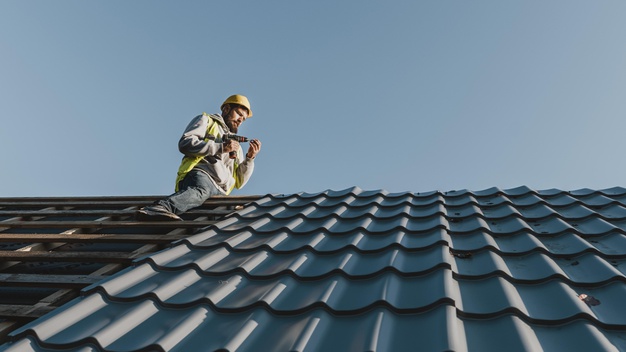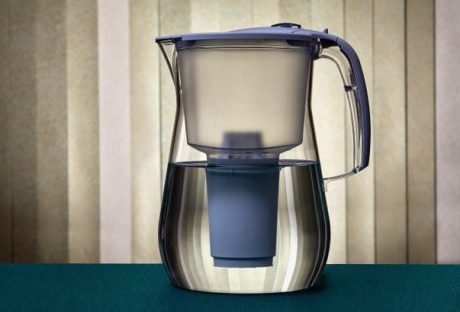Are you looking for the most roof care tips? Here you will learn about roof care tips including, repair, installation, and maintenance. Although your roof may be designed to protect your home for long years (say 10-15 years), you need to inspect your roof every year. It will help you remain calm and relax that you are living under a safe roof.
In this article, you will learn some valuable tips from the Minnesota roofing company. These tips ensure the safety and comfort of your home.
Roofing Tips
You can apply the following tips on your own. However, you may need expert assistance or hire a roofing agency like A to Z Construction to repair your roof.
Think About Your Safety First
Whenever you find that there is a leak on your roof, don’t rust to find it out. Being on the roof when it is raining is not the right way. It can be dangerous to walk on the roof to find a leak while raining, or there is ice buildup on your roof.
Have patience and wait until the rain stops. A temporary fix if the leak is not a solution; keep in mind that there is no quick fix for a roof leak. So, you shouldn’t meddle on the roof as soon as a leak happens. Think about your safety and take precautions before you go to spot the leak.
- Wear a rubber shoe when you’re going to find a leak on your roof.
- Don’t work alone; take help from a buddy when you’re on the roof.
Clean Gutters and Spray the Roof
Usually, gutters are a common reason for a leak. If your gutters are not clean and clogged with leaves and debris, that can be a reason for leaks during rain. So, you should first clear the gutters.
The next step is to spray various areas of the roof to locate the leak. You can spray water on your roof with your garden hose. If it’s winter, though, you shouldn’t spray water. Since it’s not safe to spray water on your roof when it’s freezing outside, you can wait until the winter is over.
Prevent Ice Buildup
Ice buildup is a common problem in the wintertime. You cannot do anything about the ice buildup in the exterior area, such as the roof membrane, gutter, and shingles. However, you can prevent ice buildup in the interior.
For that, you should use ice and rain shields along with proper ventilation. Ice buildup in the interior causes drips inside your home. Also, you can use an edge drip to prevent this problem.
Fix Your Roof Boots
Another major problem for leakage is your roof boots. It’s common that we check the flash, skylights, roofs, and gutters for finding any possible leakages. Another thing that most people miss is the rubber roof boots.
So, you should also check the roof boots if there is any leak. If you find any defect in the roof boot, you can quickly fix it by purchasing a new one from a local store.
Inspect Your Roofing Material
Sometimes your roofing material and shingles can be of low quality or faulty, which may cause leakage soon. So, you should check the roofing material too. Always use good quality material on your roof. Since the roof is one of the most important parts of your home, you should use the standard quality material with high longevity.
Final Words
These are some of the common roofing tips to protect your home from leakage. However, you should consult a reputed roofing agency if you think that you cannot handle it on your own. Do proper research and ask for referrals before you choose a roofing agency.






















